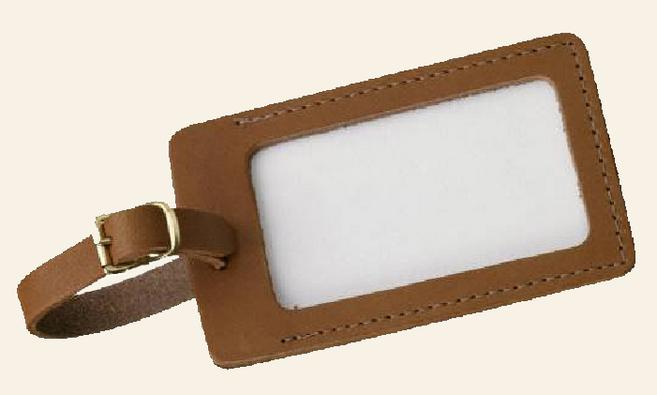Dressing for Conformity
by Maryla Neuman as told to Fred Amram
© 2011
What was daily life like in Poland before World War II? I remember those “good old days.” I was a girl of 16 when the Soviet army invaded on September 1 of 1939. Until then my life in Lww was that of a happy-go-lucky student. Life under Russian and Ukrainian military occupation was tolerable When the Germans invaded on June 25, 1941, chasing the Soviet Army out of Poland, the lives of most Poles became ugly. The lives of Jewish Poles became unbearable. Ghettos and concentration camps followed quickly.
But before the war, before the soldiers, before the starving and the slaughter, life was good. Of course Polish life was somewhat different from American life during the first half of the twentieth century. How we girls dressed for school in the Polish city where I was raised tells part of the story.
In gymnasium, which is like American middle school and high school combined, we wore uniforms. I remember the navy blue skirt and the white blouse with a long collar or flap in the back much like some American sailors wore during the Second World War. The flap hung halfway down our back and included some decorative stitching. In winter we added a blue jacket with a patch that displayed our school insignia. All this was topped off by a blue beret.
Sometimes we might wear an optional bow or tie for extra decoration and to individualize our uniform. Most of the girls wore earrings. Pierced ears were very popular and girls started wearing earrings at a very early age – as early as two-years-old. We usually inserted simple studs or small gold rings. Some of the Catholic girls wore tiny crosses. We didn’t wear big dangling earrings to school. Competition among girls did not center on clothes or accessories as it often does now in the United States. We competed for grades or singing prizes. Some girls, like my sister, Basia, competed in sports.
Our shoes were basic black. We tried to keep them shiny clean. In winter we wore a higher shoe that covered our ankles to protect us from the snow. These were also plain with no embellishment. Simple white socks finished the uniform. It was all very convenient because we never had to worry about what we to wear the next day. Our only concern was that we had a clean uniform for school.
We never wore lipstick or other makeup to school. By the time I was 16, my girlfriends and I were reading popular magazines. Then we started to try dressing up and using lipstick and rouge so that we could look like glamour girls. Perhaps being a movie star was in my future. But we only wore makeup to the movies or other special events.
Before gymnasium, which begins in the American version of fifth grade, we did not have a uniform. In primary school we usually wore simple knee-length dresses or plain skirts and blouses. I remember that we wore mostly pleated skirts. A sweater in winter kept us warm as did calf-high boots to protect us from snow. Girls never wore pants. Never!
Sometimes I’m asked how the girls kept their knees warm in the winter when the weather was cold. In Poland we didn’t experience Siberia cold but sometimes it was Minnesota cold. I can’t remember any special protection for our knees. Even the little boys in primary school wore short pants – although some of the older boys wore knickers. These were pants that were gathered just below the knees where they were met with high socks. I’ve seen American men wear them when they play golf. I’ve heard them called breeches.
I did complain to my mother about cold knees. She said, “No one has ever caught a knee cold. People catch a sore throat or a head cold but never a knee cold.” So she always made us wear a scarf and a hat during the winter. When my children were growing up in Minnesota, I told them the same philosophy. I always reminded them to wear a scarf and a hat. “Don’t go out with an open neck,” I said.
Of course now, as an adult, I like to be more fashionable. I sometimes wear long earrings and I especially love little pearls. My son, Henry, brought me some blue pearl earrings from Japan when he was there on a business trip.
I wear slacks occasionally now but I don’t remember ever wearing pants as a child. Even in the concentration camps we didn’t wear pants. I don’t remember wearing pants until after the war.
